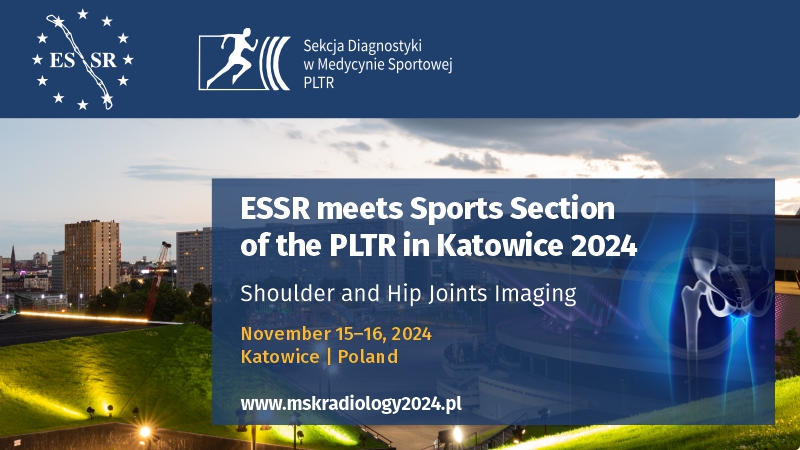Multiple renal angiomyolipomata. A case report
Jacek Kołacz, Małgorzata Irzyk, Małgorzata Urbańczyk‑Zawadzka
 Affiliation and address for correspondence
Affiliation and address for correspondenceWe present a 76‑year‑old patient with multiple renal angiomylipoma in one kidney. The patient had not been having any urinary tract symptoms, the lesions in kidney were visualized in US examination performed because of cholelithiasis suspicion. Angiomyolipoma is included to the benign tumors of hamartoma group and its growth is related to the hormonal activity of the organism. Multiple renal angiomyolipomata, occurring very rarely, are usually related to the tuberous sclerosis syndrome (Bourneville‑Pringle disease). The nature of this disease is the occurrence of multiple hamartoma type tumors in the skin, brain, kidneys, heart, bones, lungs and eyes. Small renal angiomyolipomata are asymptomatic and are usually accidentally diagnosed during imaging examinations, big ones may be the reason of significant ailments. Among severe, life threatening complications of renal angiomyolipoma one can number bleeding from the tumor. Bleeding risk depends on the tumor diameter and significantly increases in tumors of the diameter above 4 cm. Computed tomography is an imaging method recommended for the assessment of hemorrhagic complications in angiomyolipoma. The check‑up frequency depends on the tumor diameter – in tumors smaller than 4 cm the examination is performed once yearly, in tumors greater than 4 cm – every 6 months. In the treatment of hemorrhagic complications of angiomyolipoma, a surgical treatment (partial or radical nephrectomy) or renal vessel embolization is used. Renal arteriography with embolization is an important therapeutic method to control the bleeding and to avoid surgery.








